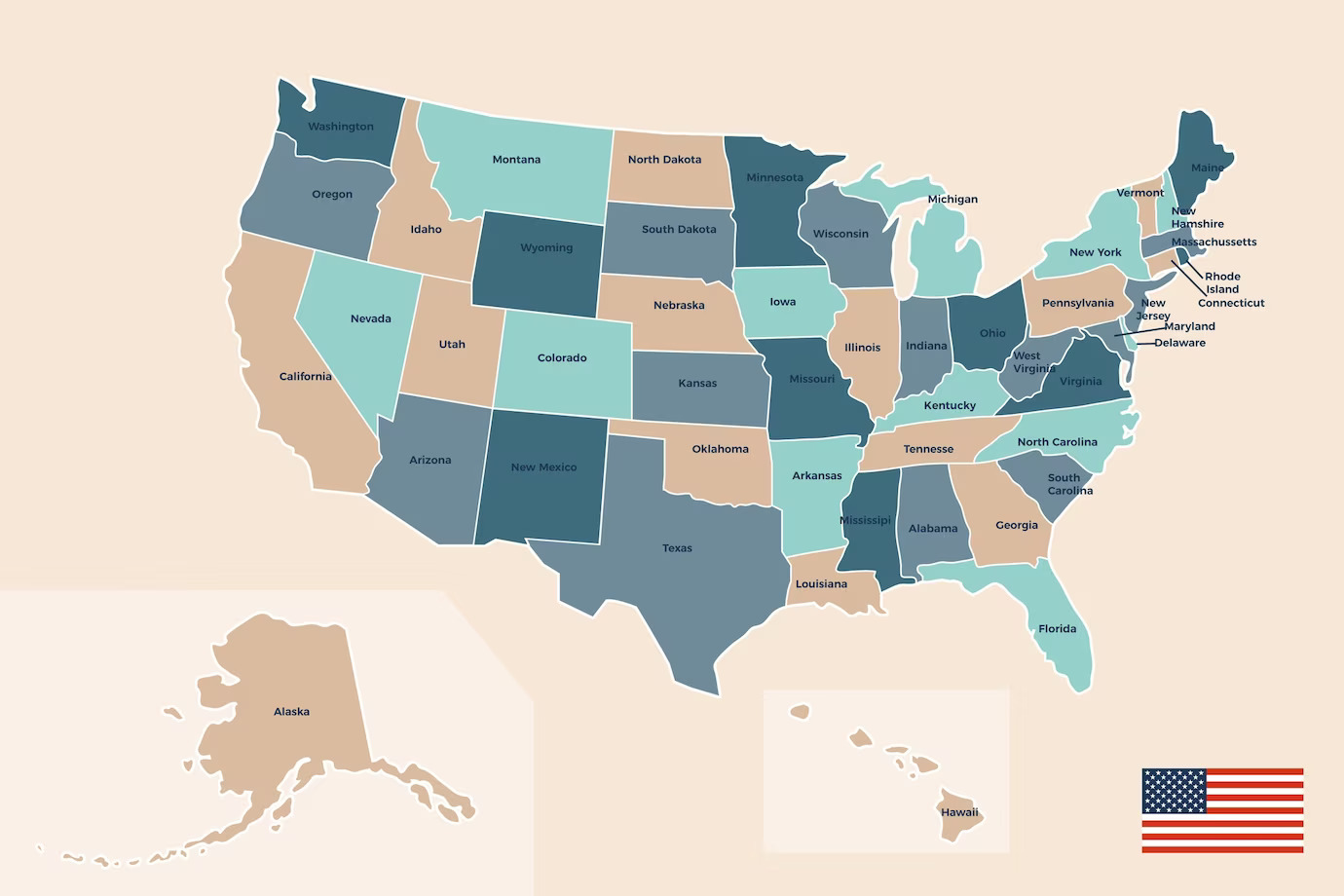In the realm of politics and ideology, terms like “leftist” and “liberal” are frequently used, often interchangeably, to describe individuals or groups advocating for progressive or left-leaning policies. However, these terms encompass distinct belief systems with differing historical roots, policy priorities, and goals. In this article, we will delve into the fundamental differences between leftists and liberals, shedding light on their core ideologies and the evolving political landscape in the United States.
Liberals: A Center-Left Ideology
1. Historical Roots: Liberalism has deep historical roots, dating back to the Enlightenment era. Classical liberalism, which emerged in the 18th century, prioritized individual rights, limited government intervention, and free-market capitalism. Modern liberalism, also known as social liberalism, evolved to embrace a more active government role in addressing social and economic inequalities.
2. Policy Priorities: Liberals generally support policies aimed at expanding social safety nets, ensuring equal opportunities, and protecting civil liberties. They advocate for universal healthcare, affordable education, environmental regulations, and LGBTQ+ rights. Liberals are often proponents of a mixed-market economy with government intervention to mitigate economic inequality.
3. Role of Government: Liberals believe in an active government that plays a role in providing essential services, regulating industries, and promoting social justice. They see government as a tool for addressing societal issues and reducing inequality.
Leftists: A More Progressive Approach
1. Historical Roots: Leftism is a broader term encompassing various ideologies on the political left. It includes socialism, communism, anarchism, and more. These ideologies often emerged as critiques of both classical liberalism and capitalism. Socialism, for example, advocates for collective ownership of the means of production.
2. Policy Priorities: Leftists prioritize economic equality and often advocate for more radical changes to the existing economic system. They support policies like wealth redistribution, workers’ rights, and substantial government intervention in the economy. Additionally, they tend to champion social justice causes, including racial and gender equality.
3. Role of Government: Leftists typically advocate for a strong, interventionist government, particularly in the economy. They often push for public ownership of key industries, universal healthcare, and extensive social welfare programs. In some cases, leftists may call for revolutionary change to overthrow existing systems.
The Evolving Landscape in the United States
The distinction between leftists and liberals becomes more relevant in the context of American politics as the progressive movement gains momentum. In recent years, progressive candidates and policies have gained prominence within the Democratic Party, challenging the traditionally centrist positions of mainstream liberals.
While liberals and leftists share common ground on issues like healthcare reform and climate change, they diverge on the extent of government intervention and the scope of change needed. The tension between these groups reflects the broader ideological diversity within the political left and raises questions about the future direction of the left-wing movement in the United States.
Conclusion
Understanding the differences between leftists and liberals is essential for navigating the complex landscape of contemporary politics. While both groups share goals of social justice and equality, they approach these issues with distinct ideologies and policy preferences. As the political climate continues to evolve, the interplay between leftists and liberals will shape the future of progressive politics in the United States, influencing policy debates, party dynamics, and the direction of the country.
